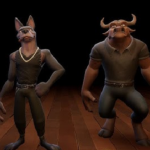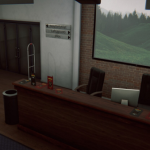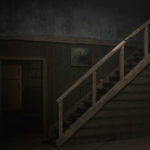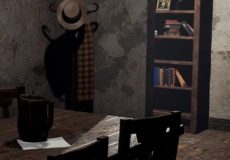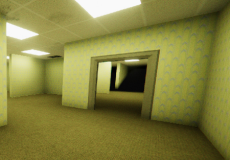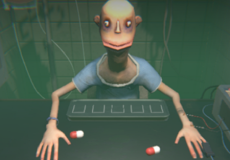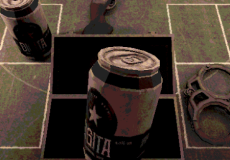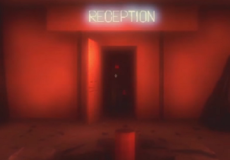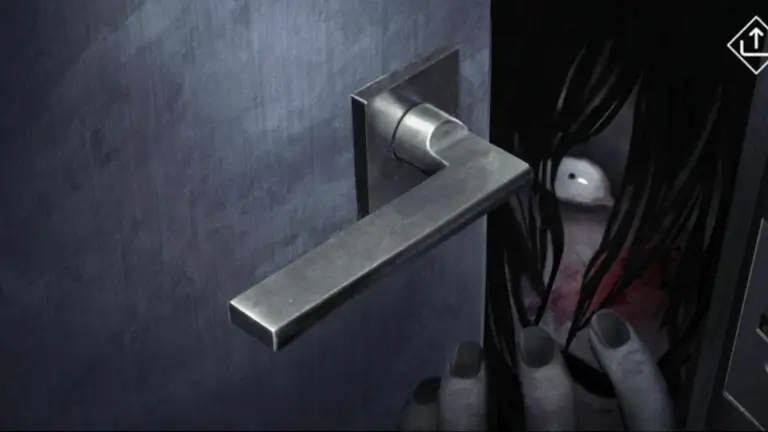

Slide in the Woods
Slide In The Woods is a first-person horror game that begins in daylight and ends in darkness. The player finds a seemingly normal playground slide in a forest clearing and interacts with it repeatedly. Each time the slide is used, something changes—subtly at first, and then drastically. The slide serves as both the central mechanic and the narrative device, guiding the player into increasingly unfamiliar and unsettling territory.
Similiar games
Slide In The Woods is a first-person horror game that begins in daylight and ends in darkness. The player finds a seemingly normal playground slide in a forest clearing and interacts with it repeatedly. Each time the slide is used, something changes—subtly at first, and then drastically. The slide serves as both the central mechanic and the narrative device, guiding the player into increasingly unfamiliar and unsettling territory.
A Familiar Object Turned Unfamiliar
At the start, the player is free to explore a small wooded area with only one interactive element: the slide. Climbing and sliding are the only actions available, but after several uses, the lighting shifts, and the atmosphere grows tense. The game avoids traditional horror elements early on, relying instead on repetition and contrast. As the natural surroundings change and visibility decreases, the slide begins to feel less like a toy and more like a passage into something hidden.
Transition Through Descent
As the player continues to use the slide, they are eventually pulled into a new environment—a dark, underground space disconnected from the surface. This descent marks a shift from exploration to survival, as the player is now faced with navigating narrow corridors and solving simple puzzles. The slide, once harmless, becomes a gateway. Through this mechanic, the game subtly shifts control away from the player, pushing them deeper into an unknown structure with no clear exit.
Core elements of the experience include:
· A single location that transforms over time
· No dialogue or narration, only environmental cues
· Repetition as a method of progression
· Gradual visual and audio changes to build tension
· Short playtime with a contained but escalating story
No Turning Back
Once the slide transports the player underground, there is no return to the surface. The tone becomes heavier, and the design of the space grows more abstract and unnatural. Tunnels, strange machinery, and unsettling noises replace the forest. The player must rely on observation and timing to move forward. Despite the lack of combat or inventory, the game creates urgency by limiting direction and increasing visual discomfort. The further the player progresses, the more distorted the world becomes.
Slide In The Woods demonstrates how repetition and minimalism can create psychological tension. The simplicity of the early setting makes each change more impactful, and the reliance on a single mechanic keeps the player grounded in a familiar action while the world around it evolves. The game uses its short length effectively, creating a compact experience that builds discomfort through design rather than exposition. It stands as an example of how horror can emerge from the unexpected transformation of the everyday.
Discuss Slide in the Woods





